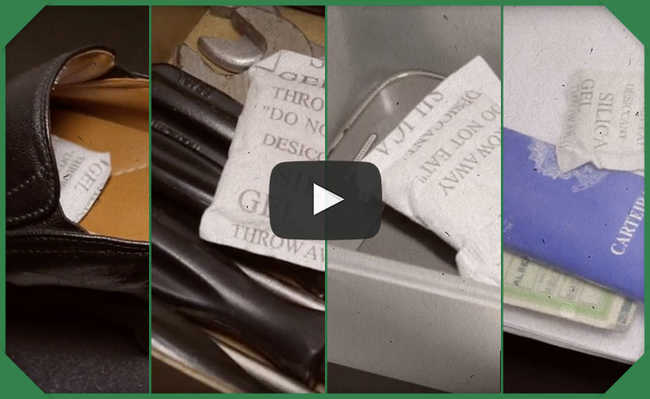Sale of incandescent light bulbs is officially banned in Brazil
Those who do not comply with the legislation may be fined between R$100 and R$1.5 million

Image: Marcello Casal Jr/Agência Brasil
Since June 30, 2016, the sale of incandescent light bulbs in Brazil is prohibited. The National Institute of Metrology, Quality and Technology (Inmetro) begins inspections on July 1, through the State Institutes of Weights and Measures (Ipem), commercial establishments that still have 41 watt (W) incandescent lamps available. up to 60 W. Anyone who does not comply with the legislation may be fined between R$100 and R$1.5 million.
The exchange of incandescent lamps in Brazil started in 2012, with the prohibition of the sale of lamps with more than 150 W. In 2013, there was the elimination of lamps with power between 60 W and 100 W. In 2014, it was the turn of light bulbs. 40 W to 60 W. In 2016, the production and import of incandescent lamps from 25 W to 40 W began to be prohibited, whose inspection will take place in 2017. The restriction was established by the Interministerial Ordinance 1.007/2010, with the objective of minimizing the waste in electricity consumption. A compact fluorescent lamp saves 75% compared to an equivalent brightness incandescent lamp. If the option is for an LED lamp, this savings rises to 85%.
Oversight
According to the person responsible for the Brazilian Labeling Program (PBE) at Inmetro, engineer Marcos Borges, the inspection is educational in nature, because traders have been advised about the ban since last year. "For this reason, we understand that the impact is not sudden for merchants, as they have already been instructed in this regard since the signing of the ordinance, in 2010."
Borges informed that, since the 2001 blackout, Inmetro has been developing a Brazilian consumer education program, which shows that incandescent lamps last less and consume much more energy than, for example, compact fluorescent lamps. "It was clear to the consumer that the compact fluorescent lamp was much more economical than the incandescent one."
Economy
He cited, as an example, the case of a house with two bedrooms that would use 60 W incandescent lamps in every room. “They would generate value in a month from R$20 to R$25 to light the house. When switching to an equivalent compact fluorescent lamp, this bill would drop to R$4 or R$5 in just one month. The consumer understands this and, over time, he will stop using this material.”
Inmetro figures show that, in 2010, 70% of Brazilian homes were lit by incandescents. Now, only 30% of households use this type of light, which can no longer be sold in Brazil, following the recommendation of the International Energy Agency (IEA).
To find out what to do with the old light bulbs, click here.
Source: Agência Brasil










